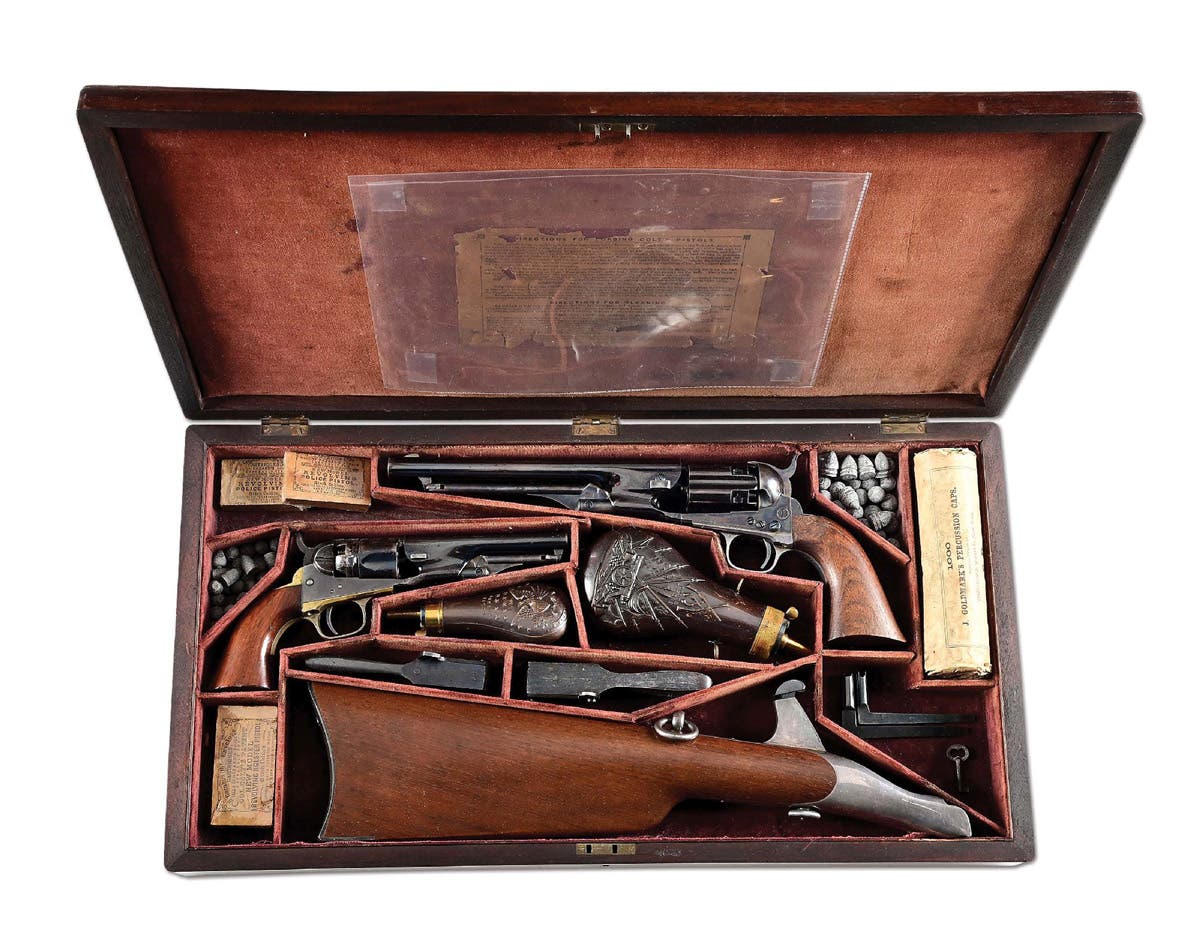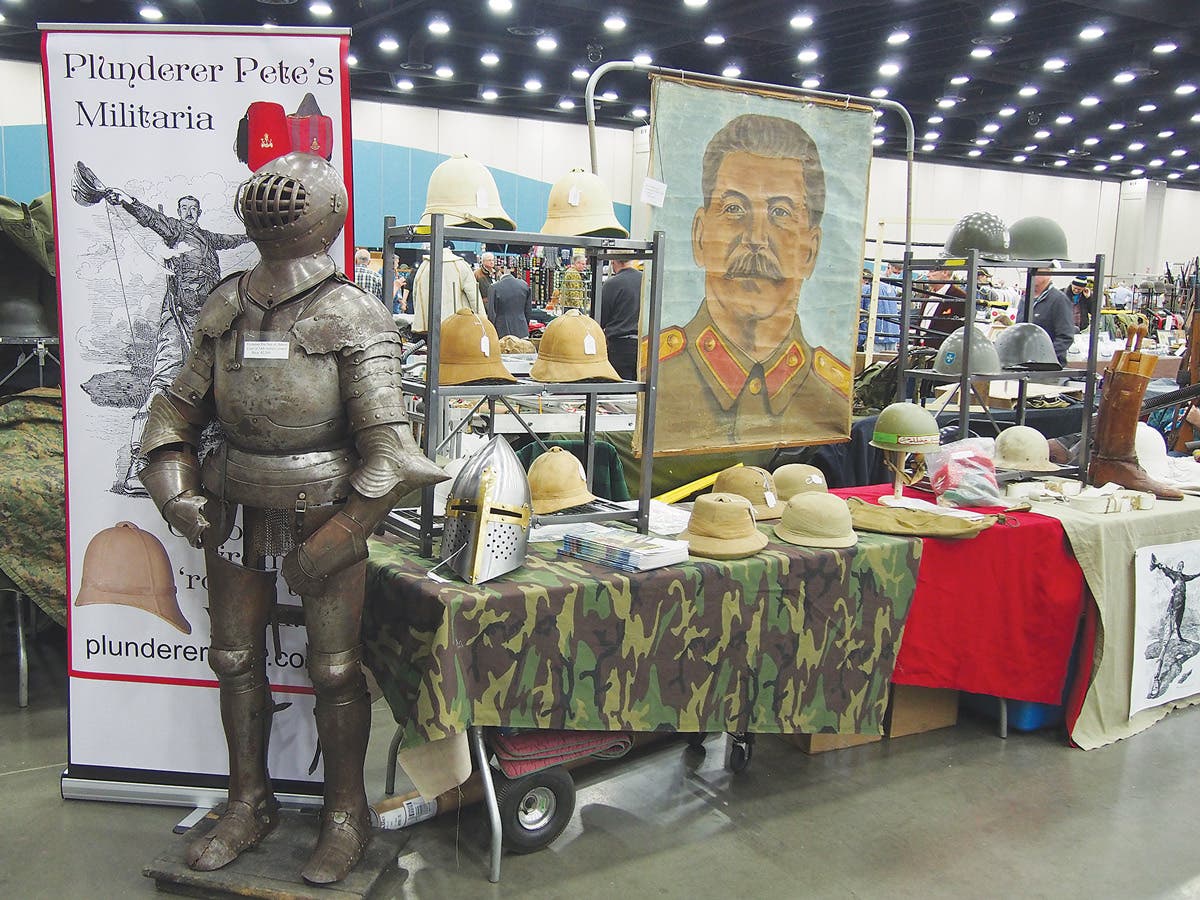Armor of laminated linen could have protected ancient armies
Recreated armor successfully tested for durability
Armor made from linen and glue could have protected Alexander the Great and his men.
That finding was presented by two researchers at the recent Archaeological Institute of America in California.
While armor made from laminated linen, or linothorax, is not a new idea, researchers have long argued over how the armor was constructed.
As reported in Discovery News, Gregory Aldrete, professor of history and humanistic studies at the University of Wisconsin-Green Bay, and Scott Bartell first studied ancient text and photos, then created several sets of linen armor using materials available in the ancient world: handmade linen and glue.
"The hardest part of the project was finding truly authentic linen. It had to be made from flax plants that were grown, harvested and processed, spun and woven by hand," Aldrete told Discovery News. To make it as authentic as possible, Aldrete harvested, processed, spun and wove his own flax fibers.
Glues of the day were made from the skins of rabbits or from flax seeds, so Aldrete used similar glues for the experiment.
With the help of Aldrete's students at UW-Green Bay, the researchers tested the armor with a variety of weapons including arrows, swords, axes and spears.
The researchers said that, while remnants of ancient laminated linen armor have not been found due to obvious deterioration, there is ample written evidence confirming the use of “linothorax” as armor over the span of nearly 1,000 years.
"Currently we have 27 descriptions by 18 different ancient authors and nearly 700 visual images on objects ranging from Greek vases to Etruscan temple reliefs," Aldrete said.
According to the UW-Green Bay Web (http://www.uwgb.edu/aldreteg/Linothorax.htmlpage) discussing the project, the idea for the project began with UWGB history major Scott Bartell (now graduated), who brought it to Prof. Aldrete, and together they built the first prototypes. It grew to involve a number of faculty as well as several generations of UWGB students. Work first began in 2005.
Research continues, and Aldrete and Bartell are working on a scholarly book about the project.
Watch the following YouTube video about the Linothorax project:





